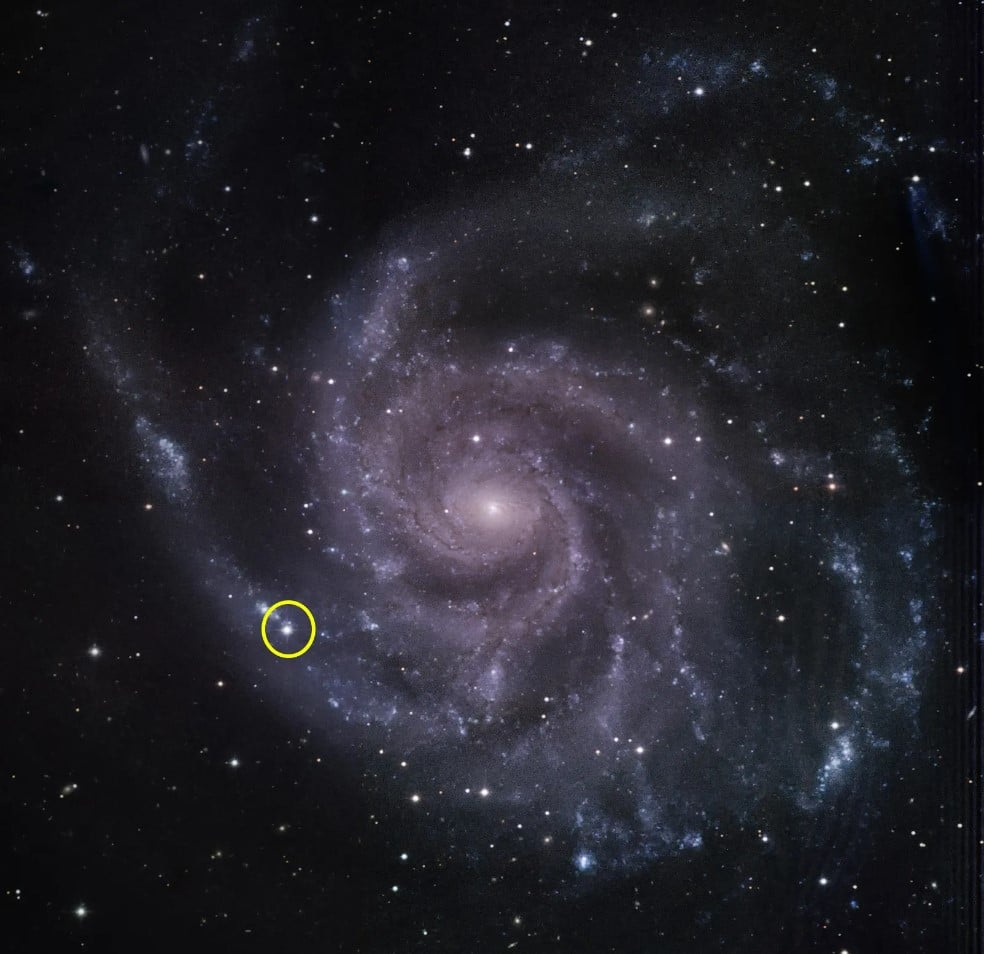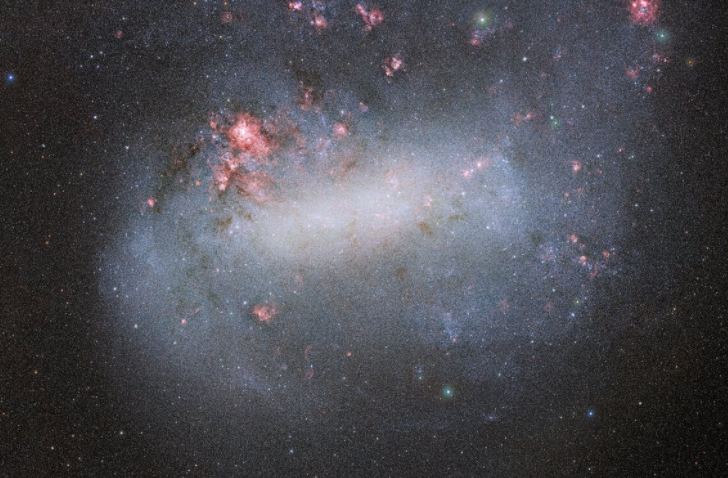Unknown Author
Recent Articles
-

-

New Glenn Completes a Hotfire Test. Next... Flight?
January 01, 2025 -

Astronomers Find a Black Hole Tipped Over on its Side
December 22, 2024 -

Space Telescopes Could See a Second Life With a Servicing Mission
December 07, 2024 -

Astronomers Find a 3 Million Year Old Planet
November 23, 2024 -

-

-

Webb is an Amazing Supernova Hunter
June 14, 2024 -

Carbon is Surprisingly Abundant in an Early Galaxy
June 09, 2024 -

Hubble Pauses its Science Again
June 04, 2024 -

-

-

Do Clashing Galaxies Create Odd Radio Circles?
May 12, 2024 -

The Mystery of Cosmic Rays Deepens
April 18, 2024 -

The Moon Will Get its Own Time Zone
April 04, 2024 -

What's the Earliest the Moon Could Have Formed?
April 03, 2024 -

Astronomers Catch a Supernova Explode Almost in Realtime
March 29, 2024 -

-

Ariane 6 is Coming Together
March 10, 2024 -

If Hycean Worlds Really Exist, What are Their Oceans Like?
February 22, 2024
 Universe Today
Universe Today